1. “Students Must Keep Silent at All Times”

In the 1800s, schoolrooms were no place for idle chatter. Teachers expected absolute silence from students, believing that any talking or noise was disruptive to the learning environment. The rule was so strict that even whispering was seen as a severe offense, and students were often punished for the slightest sounds.
This harsh silence policy was rooted in the belief that children should focus solely on their lessons without distractions. It was thought that speaking, or even fidgeting, could interrupt the class’s rhythm and hinder learning. While today we encourage collaborative learning and group discussions, the 1800s approach couldn’t have been more different.
2. “You Must Sit With Your Hands on the Desk”
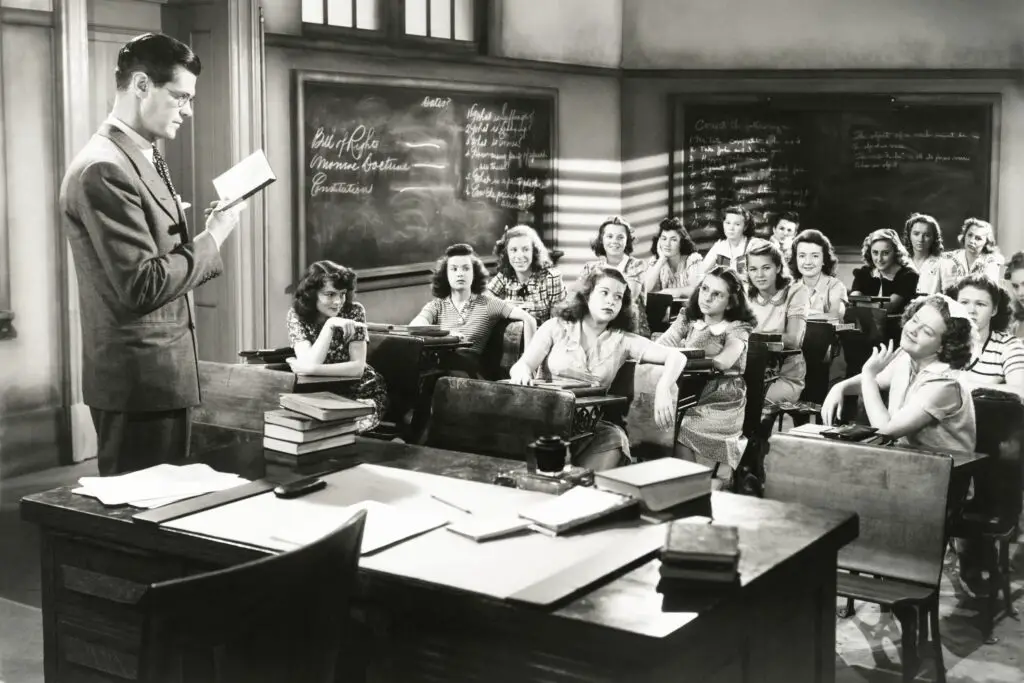
In an era when discipline was paramount, students had to sit rigidly at their desks with their hands placed firmly on the surface in front of them. This rule was enforced to prevent any movements that could be interpreted as mischief or restlessness. If a student’s hands strayed from the desk or they fidgeted too much, it could lead to harsh consequences.
This posture was more than just a way to maintain order; it was a method of controlling the physical behavior of children in a strict, almost military-like manner. Teachers believed that teaching proper etiquette started with training the body to be still and focused. As a result, many children endured hours of rigid sitting, making classroom discomfort an unspoken part of education.
3. “Only the Teacher May Speak”
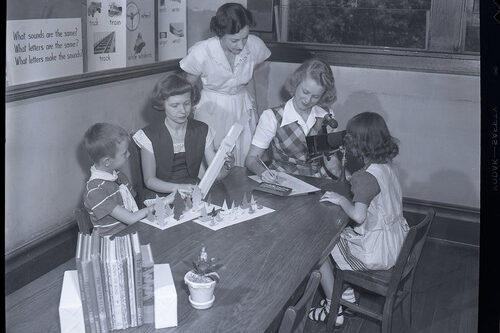
In many classrooms of the 1800s, students were not encouraged to speak unless given explicit permission. Only the teacher was allowed to talk during lessons, with even the slightest attempt to speak out of turn leading to swift punishment. The idea behind this rule was to maintain authority in the classroom and avoid any potential disruption caused by student input.
While this sounds extreme by modern standards, it reflects the rigid hierarchy that defined many areas of life during this time. Students were expected to listen, absorb, and never question or challenge the teacher’s authority. It was a time when obedience and deference to adults were considered virtues above all else.
4. “Spitting on the Floor Is a Punishable Offense”
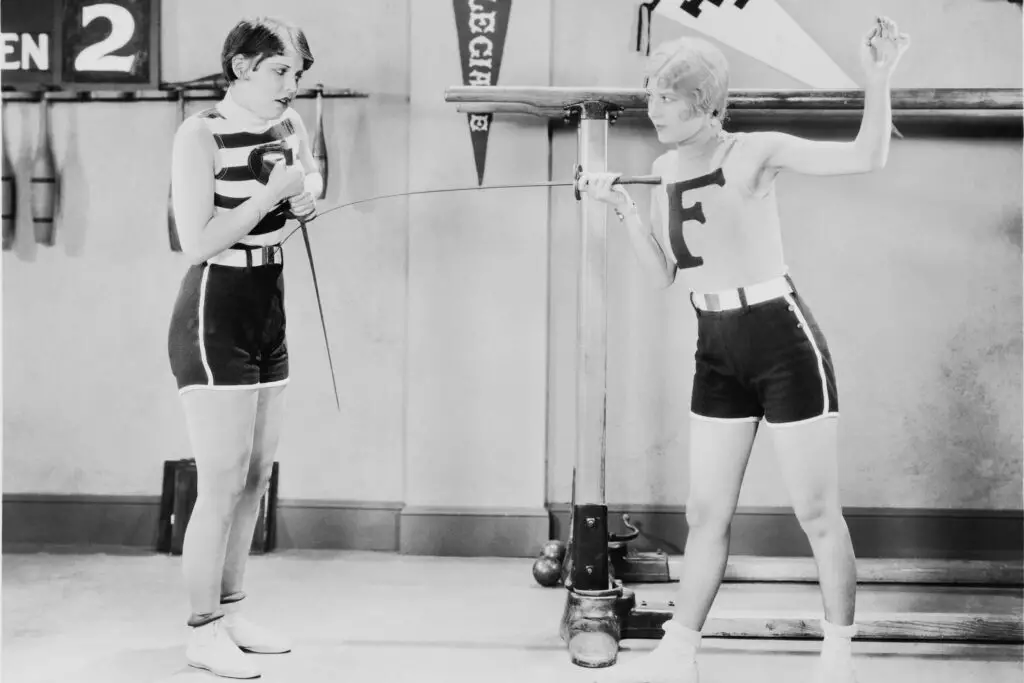
A rule that might make us cringe today, spitting on the floor was considered an offense punishable by punishment in many schools during the 1800s. Teachers believed that spitting was an act of rebellion and disrespect, something that couldn’t be tolerated in a classroom setting. Those caught in the act would face a variety of consequences, ranging from public humiliation to physical punishment.
This may seem like an extreme reaction, but it was part of the broader effort to instill control and discipline. The thought was that allowing any such act would undermine the moral authority of the teacher and disrupt the disciplined environment necessary for learning. It’s a stark contrast to the modern approach, where more attention is paid to understanding the underlying reasons for behavior.
5. “No Personal Expression in Your Appearance”

School dress codes in the 1800s were severe. Children were expected to wear their hair and clothes in a manner that adhered to strict norms, and individuality was frowned upon. Boys were often required to have short hair, while girls had to wear their hair tightly pulled back, with no room for creative freedom.
The rationale was simple: appearance needed to reflect discipline and respect for the institution. Personal expression was seen as an unnecessary distraction that could interfere with the learning process. Much like the silence and rigid posture rules, this was another way to emphasize conformity over individuality in the classroom.
6. “All Students Must Stand When the Teacher Enters the Room”
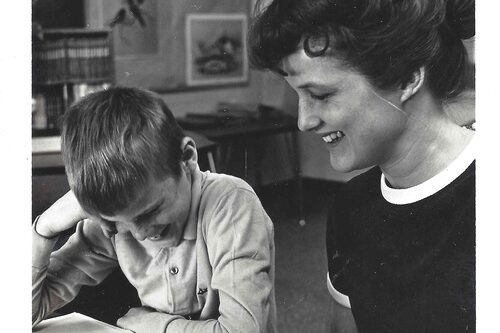
In many schools of the 1800s, students were required to stand when the teacher walked into the room, a tradition that reflected the hierarchical nature of education at the time. The rule symbolized respect for authority and demanded that students show deference to their teachers at all times. Failure to rise when the teacher entered could lead to a reprimand or punishment.
This rule was an extension of the broader belief that education was a privilege granted by adults, not a mutual exchange. Students were expected to recognize their place in the system, and any deviation from these traditions was often met with swift consequences. It was a practice that made the classroom feel more like a place of strict obedience than a space for learning and growth.
7. “No Talking to the Opposite Sex”
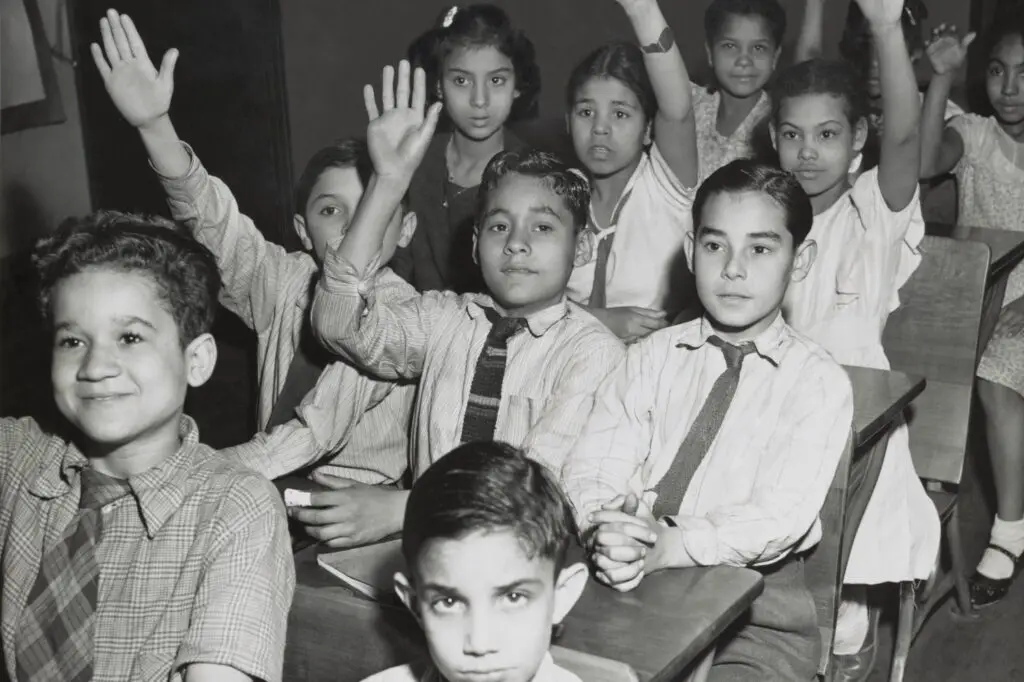
Boys and girls were generally kept separate in schools of the 1800s, with strict rules governing how they could interact. Talking to the opposite sex, especially outside of assigned group work, was strictly prohibited. This rule reflected the rigid gender roles of the time, where boys and girls were seen as fundamentally different and their interactions should be kept to a minimum.
The fear was that any interaction could lead to distractions or, even worse, the development of improper relationships. As a result, children were often isolated into gender-specific groups, with little to no opportunity to converse or form friendships with classmates of the opposite sex. The rule reinforced the prevailing notion that boys and girls had different educational and social roles.
8. “Detention for Reading Anything Other Than the Assigned Text”
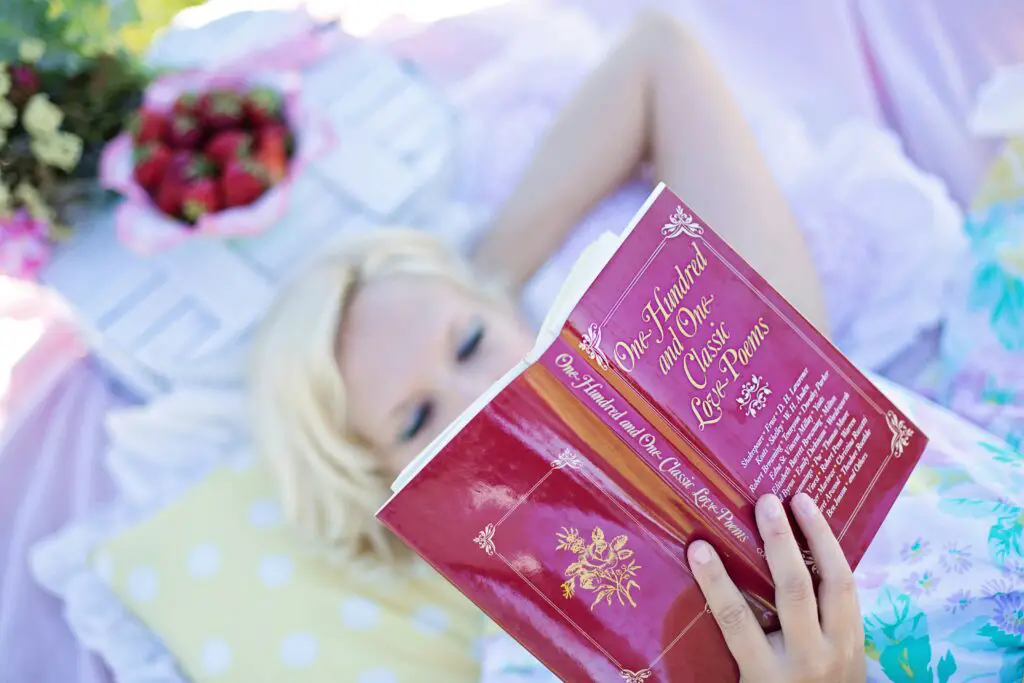
Reading was certainly encouraged in 1800s schools, but only certain kinds of reading. Books outside of the curriculum were often seen as distractions, and students who were caught reading novels or other non-school-approved materials could face severe punishment. These students were often labeled as rebellious or undisciplined.
This rule made it clear that personal enjoyment or intellectual curiosity was secondary to the strict education of the day. Teachers believed that anything other than the prescribed text was a waste of time and a sign of disrespect toward the established curriculum. As a result, children were often discouraged from exploring their own interests outside of what was strictly required by their schoolwork.
